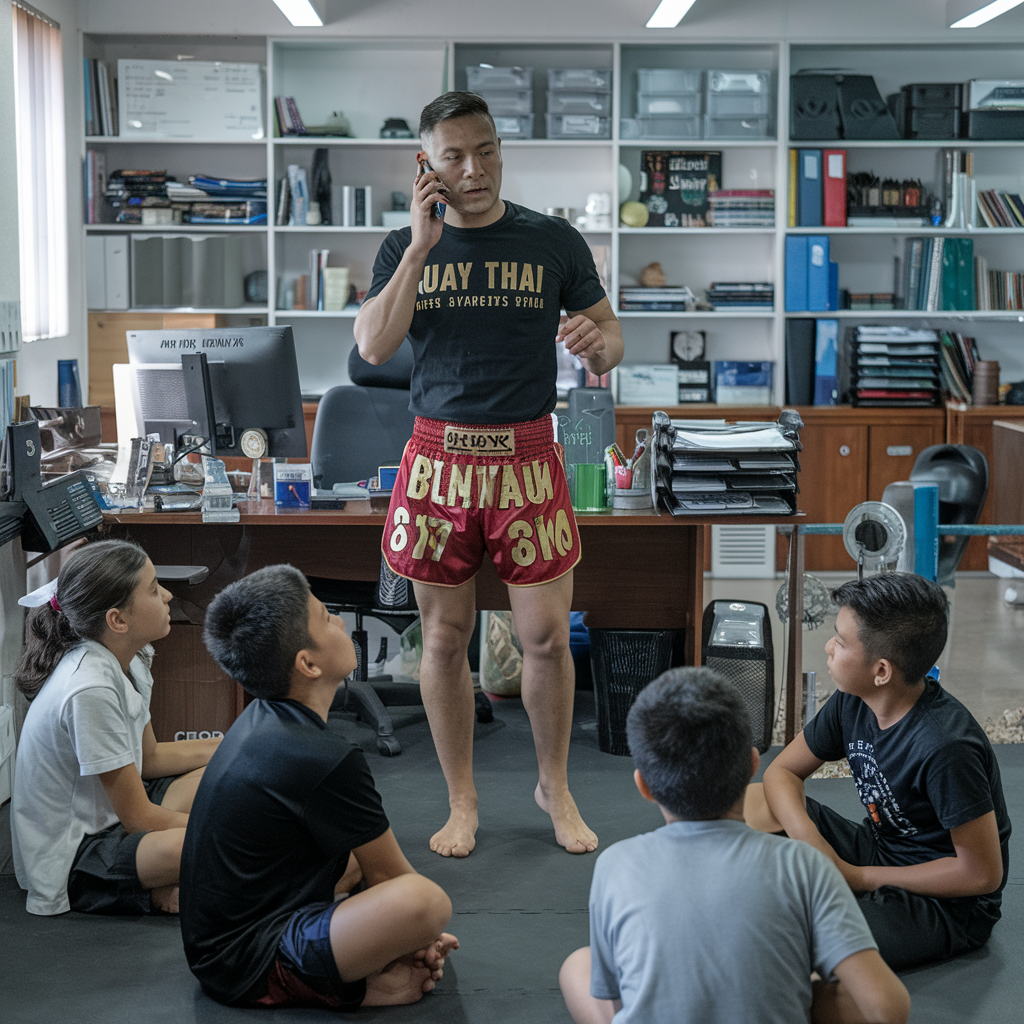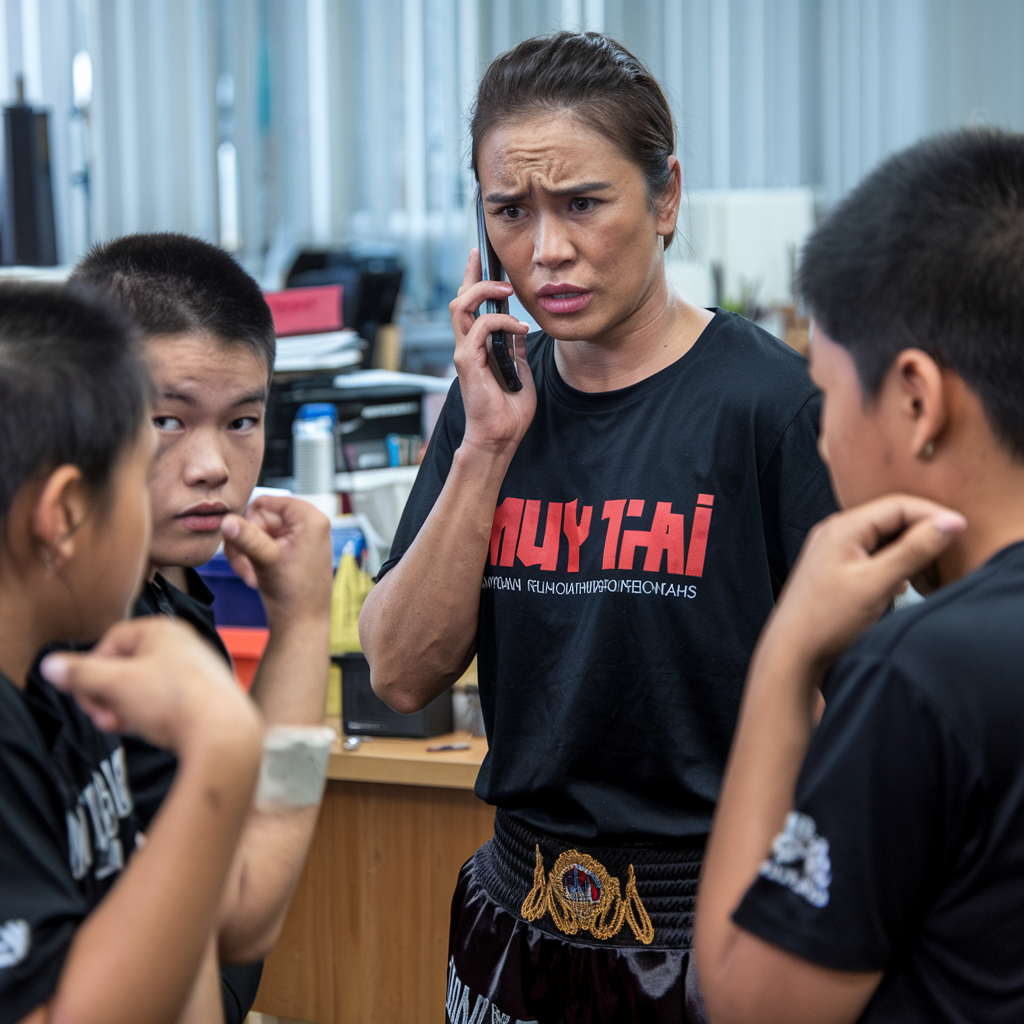
Introduction
In the ever-evolving world of martial arts, two disciplines stand out for their effectiveness and versatility: Muay Thai and Brazilian Jiu-Jitsu (BJJ). Each art offers a unique approach to combat—Muay Thai dominates the stand-up game with powerful strikes, while Jiu-Jitsu specializes in grappling and ground control. Together, they form a comprehensive skill set that prepares practitioners for real-world self-defense, competition, and personal growth.
But how do you master both worlds of combat? Training in two vastly different martial arts can be challenging, but with the right mindset and strategy, you can become a well-rounded fighter. This guide explores how to balance Muay Thai and Jiu-Jitsu, the benefits of combining these arts, and actionable tips to excel in both disciplines.
Understanding Muay Thai and Jiu-Jitsu
Muay Thai: The Art of Eight Limbs
Muay Thai originated in Thailand and has become a global powerhouse in stand-up striking. It’s called the “Art of Eight Limbs” because it utilizes fists, elbows, knees, and shins for both offense and defense.
Core Principles of Muay Thai:
- Striking Power: Emphasis on delivering devastating punches, kicks, elbows, and knees.
- Clinch Work: Using the clinch to control opponents while delivering knee strikes and sweeps.
- Balance and Movement: Footwork is crucial to maintain balance and avoid incoming strikes.
Why Muay Thai Matters:
- Effective in stand-up combat and self-defense situations.
- Develops mental toughness, endurance, and physical conditioning.
- Sharpens reaction time and striking precision.
Jiu-Jitsu: The Art of Ground Fighting
Brazilian Jiu-Jitsu (BJJ) is a grappling-based martial art that emphasizes leverage and technique over brute strength. It focuses on controlling opponents, achieving dominant positions, and applying submissions.
Core Principles of Jiu-Jitsu:
- Leverage and Technique: Smaller practitioners can defeat larger opponents using proper technique.
- Positional Control: Dominating positions like the mount, guard, and back control.
- Submissions: Applying joint locks and chokes to force an opponent to submit (tap out).
Why Jiu-Jitsu Matters:
- Essential for ground combat and close-quarters self-defense.
- Encourages problem-solving under pressure.
- Provides practical techniques for real-life situations where fights often go to the ground.
Why Combine Muay Thai and Jiu-Jitsu?
When combined, Muay Thai and Jiu-Jitsu create a complete combat skill set. Muay Thai covers the stand-up game while Jiu-Jitsu handles the ground, leaving no gaps in your defensive and offensive capabilities.
1. Adaptability in Any Situation
You’re prepared whether the fight stays on the feet or goes to the ground. This versatility is invaluable in self-defense, MMA, or sport competition.
2. Better Transitions Between Ranges
Muay Thai helps you deliver effective strikes while defending against takedowns. Jiu-Jitsu allows you to recover from knockdowns and control aggressive opponents.
3. Enhanced Mental and Physical Conditioning
Muay Thai develops cardiovascular endurance and explosive power. Jiu-Jitsu enhances flexibility, body awareness, and problem-solving abilities.
How to Train in Both Arts Effectively

Mastering Muay Thai and Jiu-Jitsu requires a smart approach to training. Here are some key strategies to balance both disciplines:
1. Prioritize Fundamentals First
Don’t rush into advanced techniques—master the basics of both arts first. In Muay Thai, focus on proper striking form (jab, cross, kicks). In Jiu-Jitsu, learn foundational positions (guard, mount, side control) and basic escapes.
Pro Tip: Spend the first 6-12 months focusing heavily on core techniques before adding advanced strategies.
2. Create a Balanced Training Schedule
Managing time between Muay Thai and Jiu-Jitsu can be challenging. Develop a weekly schedule that allows for consistent practice without burnout.
Sample Training Schedule:
- Monday: Muay Thai (Striking Fundamentals)
- Tuesday: Jiu-Jitsu (Positional Control & Escapes)
- Wednesday: Active Recovery (Stretching, Light Drills)
- Thursday: Muay Thai (Clinch & Defensive Skills)
- Friday: Jiu-Jitsu (Submissions & Takedowns)
- Saturday: Sparring (Alternate Between Both Arts)
- Sunday: Rest or Active Recovery (Mobility Work)
3. Cross-Train Smartly
Recognize how the arts complement each other and adjust your approach. For instance:
- Use Muay Thai’s clinch to defend against Jiu-Jitsu takedowns.
- Employ Jiu-Jitsu sweeps to recover after a Muay Thai knockdown.
- Practice transitioning from striking to grappling under pressure.
4. Develop Fight IQ
Understanding when to strike and when to grapple is key. If you’re against a superior striker, look for a takedown. If you’re facing a skilled grappler, keep the fight standing.
Pro Tip: Watch MMA fights to see how elite fighters blend Muay Thai and Jiu-Jitsu tactics seamlessly.
5. Focus on Defensive Skills
Defense is as important as offense in both arts.
- In Muay Thai: Learn to block, check kicks, and slip punches.
- In Jiu-Jitsu: Master defensive escapes and submission counters.
6. Condition Your Body for Both Styles
Muay Thai’s explosive power requires a different kind of conditioning than Jiu-Jitsu’s sustained grappling strength. Train for both:
- Cardio Training: Roadwork (running) and HIIT sessions for Muay Thai endurance.
- Strength Training: Bodyweight exercises (pull-ups, squats) for Jiu-Jitsu control.
7. Cultivate Mental Toughness
Both Muay Thai and Jiu-Jitsu challenge your mental resilience. Whether you’re getting hit or caught in a tight submission, staying calm and focused is essential.
Pro Tip: Practice mindfulness and controlled breathing to maintain composure under pressure.
Common Challenges and How to Overcome Them
- Time Management: Balance work, life, and training by setting clear priorities and realistic goals.
- Injury Prevention: Listen to your body, stretch regularly, and avoid overtraining.
- Plateaus: When progress slows, revisit the basics and seek feedback from your coaches.
Notable Fighters Who Mastered Both Arts
Several elite MMA fighters exemplify the successful fusion of Muay Thai and Jiu-Jitsu:
- Anderson Silva: Known for his precision striking and underrated submission game.
- Charles Oliveira: Combines lethal Muay Thai with record-breaking BJJ submissions.
- Valentina Shevchenko: A master of Muay Thai striking with a formidable ground defense.
Conclusion
Mastering both Muay Thai and Jiu-Jitsu isn’t easy—but it’s worth it. By combining the striking ferocity of Muay Thai with the tactical brilliance of Jiu-Jitsu, you become a complete martial artist capable of handling any combat scenario.
Whether your goal is self-defense, competition, or personal growth, embracing both worlds of combat will elevate your skills and mindset. So, step into the gym, embrace the grind, and become a master of both striking and grappling.
Are you ready to become a dual-threat fighter? The journey starts now.

